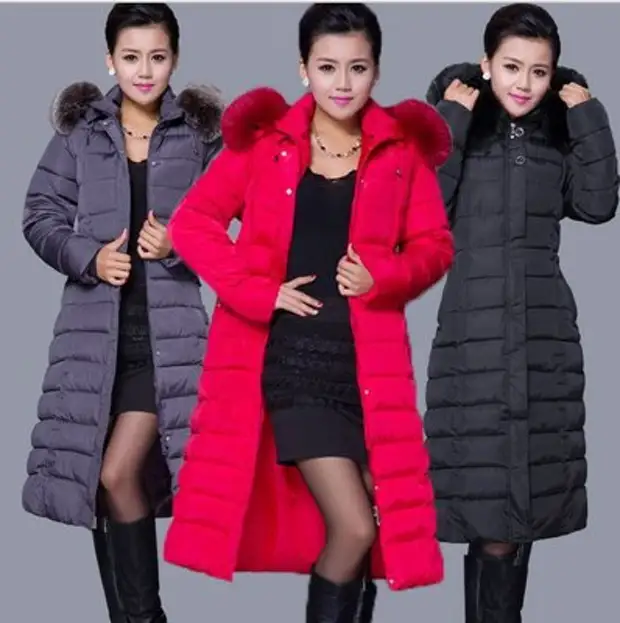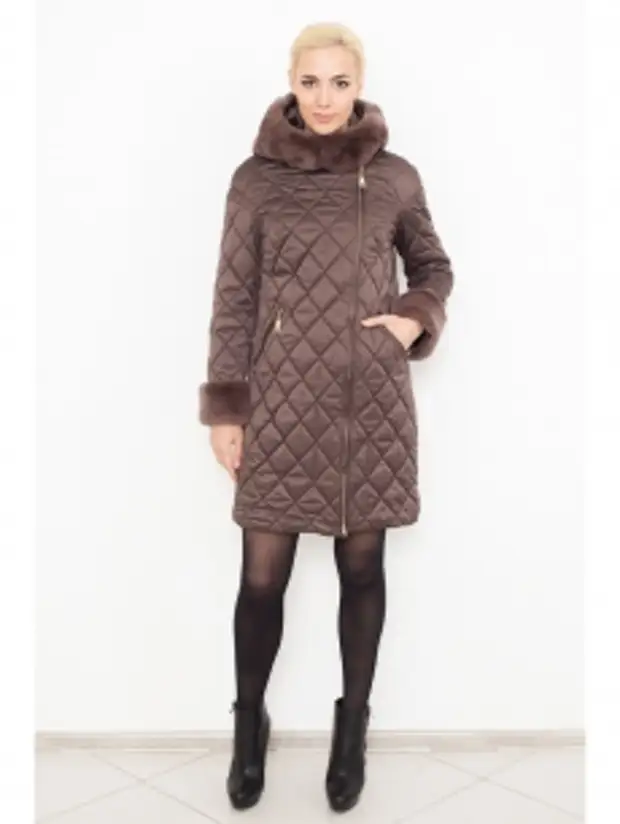
Visually to distinguish the jacket winter from the demi-season model is not easy. Stamps, the width of the seafront, the weight of the product is most different in both categories. There are clear indicators for which it is easy to determine which season is the type of outerwear.
Products with down insulation
This natural filler is considered ideal by the ratio of weight and thermal insulation. He is breathing, which distinguishes it from synthetic analogs. The best raw materials are obtained from gagachy, goose, duck, swan fluff. The most expensive filler is collected from waterfowl in the northern regions. Jackets with a 100% down insulation make rarely.More often used a mixture with a small pen. It gives the filler with elasticity, the ability to restore the volume faster. On the label of high-quality products of foreign producers, the percentage of the fluff ("DOWN") and the pen is recorded ("Feather"). According to laboratory research, optimal indicators for warm winter jackets: at least 70% fluff.
Also on the label there are marks: CLO 1, CLO 2, CLO 3. They characterize the weight ratio and heat transfer resistance. Products with CLO 3 marking are designed for the most severe cold. For the production of winter jackets use fluff with a high fp elastic coefficient. This is another important characteristic of the heat shield properties of clothing. Things with an indicator 500 and above withstand frosts up to 30 ° C, suitable for everyday products. Tourist jackets for expeditions are made of fluff with FP 750 and higher.
When moisture enters, the fluff loses insulating properties. Therefore, it is worth paying attention to the presence of impregnation of the top material: DWR or Teflon. In high-quality products, the Pooh is placed in the so-called cassettes. Then cross the insulation between the lining and the material of the vertex. A real high-quality down jacket is lightweight, folds into the medium size package.
Jackets with synthetic insulation
To reduce winter clothes, manufacturers use artificial insulation. It does not cause allergic reactions, perfectly holds the form, is distinguished by a democratic price. In the models on the modern floor of the syntheps, only up to 10 degrees of frost are comfortable. Products on hollofiber, Fireburskin, Polyfireber, Fireketee retain heat in more severe winters (up to - 25 ° C). Synepuch is a popular type of filler, but over time it loses thermal insulation properties.
Innovative Materials: Primaloft, Thermolite, Climashield Lightweight, Elastic. They retain heat and dry, and in wet state. The CLO indicator is at the floss level with FP 550 and above. The insulation is used mainly to create expensive jackets for outdoor activities.
With any filler, a jacket designed for harsh winters should distinguish well-thought out:
- Length from the middle of the hip;
- Cuffs, tightly clamping wrists;
- The bulk hood warming the collar zone.
Fur coaster on the collar protects the face from wind and frost.
Stamps of winter jackets: SLIM (tight), Relax ("Dry"), Fit-Regular (by figure). Material top is of great importance. The most optimal option is a membrane fabric or cotton with synthetics. In a high-quality product, pleasant to the touch lining, there are no cross-cutting seams and sections without filler.

A source
